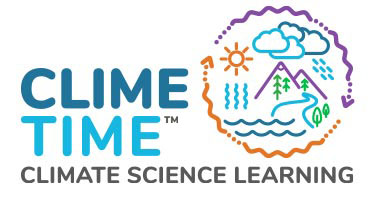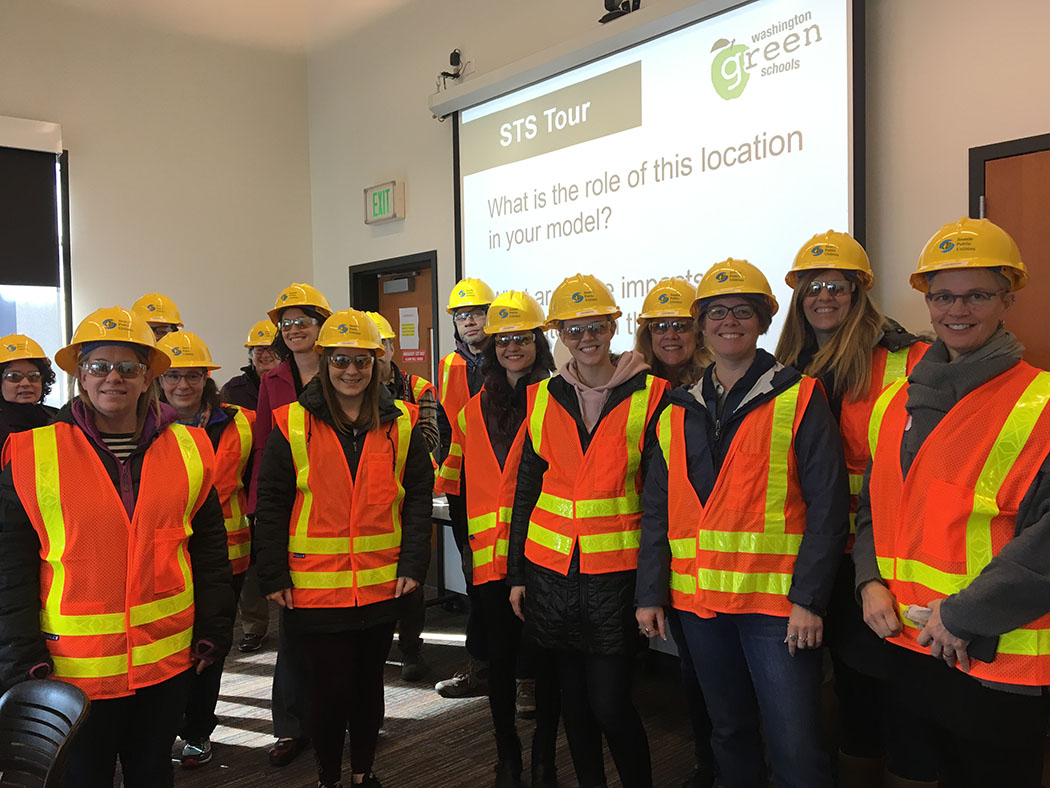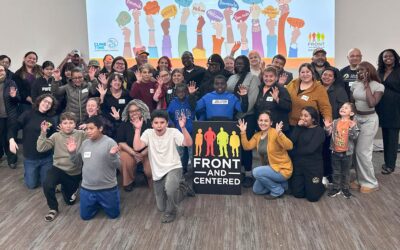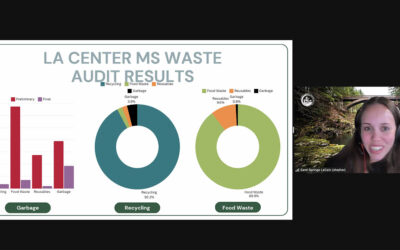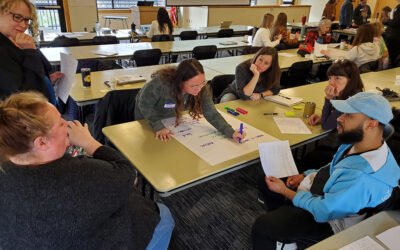By Bellamy Pailthorp of knkx.org – Read original story
In what’s been called the most ambitious statewide climate science education initiative in the country, Washington state is putting $4 million dollars this year toward training teachers who want to integrate climate science into their lesson plans. It’s part of fulfilling so-called “next-generation science standards,” which aim to get students solving problems rather than memorizing facts.
Nayiri Haroutunian is a program manager with Washington Green Schools, one of the groups teaching the teachers. They’re offering trainings in locations all around the state. She spoke during a recent one in Seattle at the city’s South Transfer Station. All the programs they’re offering in this series are focused on climate science and its relationship to a local environmental phenomenon.
“Today for instance, (the focus is) on solid waste,” Haroutunian said. “But we have done trainings on human health, floods and droughts, fires, coastal hazards and we have many others in store for the state for the rest of the year.”
Students visited Seattle’s South Transfer Station last week, as part of a green-schools initiative funded by the state.
She says climate change is such a large topic, the hope is to help teachers and students tackle it by looking through the lens of real-world problems. Several hundred teachers have taken part so far.
At the training on solid waste, about a dozen teachers, mostly at the elementary level, took a deep dive into the science of garbage. They toured the facilities and took a seminar with Becca Fong, a communications and outreach planner at Seattle Public Utilities who sometimes calls herself, simply, “the garbage lady.” She walked the training group through recent statistics on the city’s solid waste, quizzing them on their assumptions.
“So – how many pounds of waste do we generate per person in Seattle each year? Don’t be shy – no wrong guesses here,” she exclaimed as a few threw numbers out.
All were too low. The correct answer is more than 2,000 pounds per person, per year. And Fong told them that almost 40 percent of what Seattle households throw away is compostable. That’s bad if you want to counter climate change, because as that waste decomposes in the landfill it produces methane, a potent greenhouse gas.
Inside the South Transfer Station during last week’s field trip for local teachers, who are learning about climate science.
This is great information for Linda Wakeman, who teaches special education and co-leads a green team at West Mercer Elementary School on Mercer Island. Students look to her for advice about things such as recycling — and with changes in solid-waste policy from China, she says it can be hard to know what to say.
“There’s a lot of just sort of unknowns right now,” Wakeman said. “So it’s good to have information from the people who are actually involved in the waste management.”
Other trainings in this series have focused on wastewater and storm water, wildfires and sea-level rise. And they all take place in locations where teachers can learn about real-world climate problems to include in their lesson plans.
